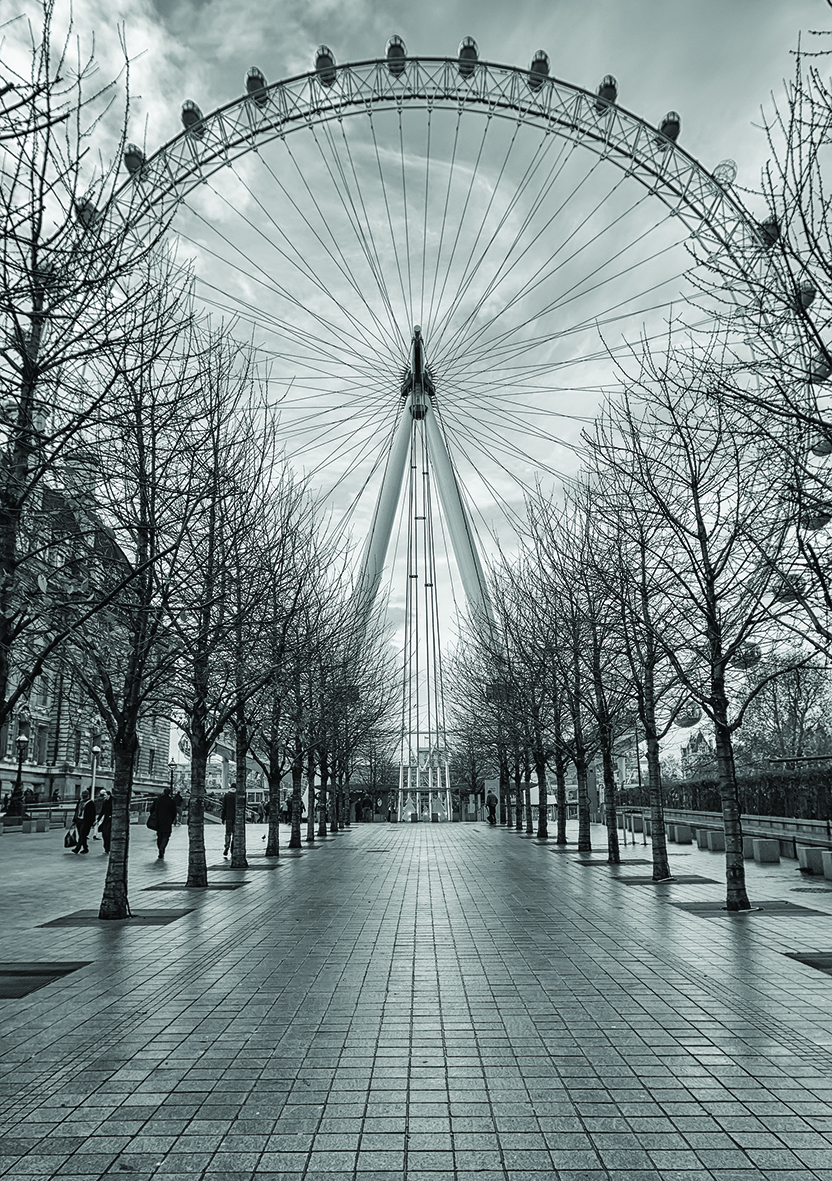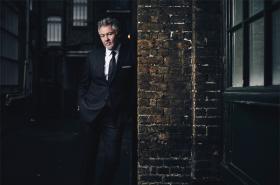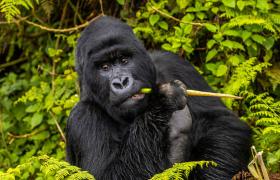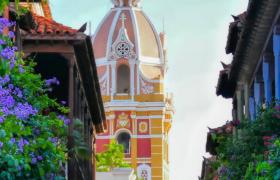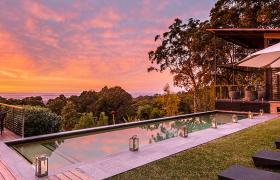One of the pleasures of travelling to interesting locales around the world is experiencing the unexpected, unusual and unknown. Travel snapshots capture the essence of your experience for memories to share and relive forever. Curious to know how you can get the perfect shot on your travels? We’ve sourced some top tips from professional Australian photographer, Rhys Davies.
1. Get Close to Your Subject
As the famous war photographer Robert Capa once said: "If your pictures aren’t good enough, you’re not close enough". You can achieve this more easily these days with long-zoom lenses or by Capa’s preferred method of getting in close to the action.
Pro tip: Isolate your subject from the clutter around it.
2. Rule of Thirds
To make your travel photos look 10 times better, divide the scene you want to shoot into thirds – both horizontally and vertically. You can do this in your mind’s eye, however many cameras have a ‘thirds’ grid overlay that can be used on the display or in the viewfinder. Next, place the important elements of the scene either onto these lines or, even better, where the lines intersect.
Pro tip: Don’t put your subject bang in the centre of the frame.
Beach Head, East Sussex in “Haar” (a Gaeilc word for Sea Mist). Source: Rhys Davies.
3. Learn to See the Light
No, I’m not talking about a religious epiphany. Look at the light near or around your subject and try to make sure your subject is in the light, not the shadow. Also, get out of bed really early as the best light is the hour after dawn. Or, if you can’t manage that, try shooting in the hour before sunset and about 20 minutes afterwards. The strong shadows cast at midday can ruin an otherwise great photo.
Pro tip: The magical light at either end of the day is softer, warmer (more golden) and generally more pleasing to the eye than the harsh, cold light of midday.
4. Slow Down and Smell the Roses
You’re on holiday, so take it easy out there. You’ll never take great photos if you’re rushing from place to place trying to do everything in the guidebook.
Instead, read the guidebook, research your destination and pick a few places to visit where you can spend some meaningful time getting to know the spot. Take a slow walk through the markets, find an outdoor cafe table with a view of the street, or sit in the park for a spell.
Pro tip: Where possible, walk right around your subject and look at it from all angles. You’ll be amazed how much an image can be improved by moving one or two steps.
Princes Pier, Port Melbourne. Source: Rhys Davies
5. Use 'Aperture' Camera Settings
This tip might get a little technical, so consider this the ‘advanced class'. Before you head off for the day, set your camera to Aperture Priority mode (Av on Canon cameras, A on Nikons). Set your aperture to f8 (f8 is a good starting balance between shutter speed and depth of field) and your image type/quality to RAW (or RAW + JPEG).
Aperture priority allows you to select the depth of field, while your camera sets the shutter speed. Most landscape shots work best with everything in focus from the foreground to the background, so use a small aperture (f11, f16 or even f22 if you have a tripod).
Portraits, on the other hand, look best when isolated from the background. Use a wide aperture of f5.6 (or wider if your lens allows it), focus on your subject and the background will be nicely blurred.
Pro tip: Shoot RAW if you have a DSLR. A RAW file is like a master negative and so much more can be achieved by processing this file than keeping just the JPEG file. If you have shadows that are too dark or highlights that are ‘blown out’, you can often recover this information on your computer with a RAW file whereas a JPEG discards this information.
6. Find a Mentor
This tip is easier than it sounds. Whenever I am out in the streets, or even in the wilderness, I often turn around to find someone standing right behind me taking the exact shot I just took. At first, I found this annoying, however these days I just find it fun and flattering and often find myself happily answering questions from people from all over the world.
Pro tip: Don’t be afraid to observe other photographers and their subjects, as you don’t always have to come up with an original scene. Sometimes there is only one good angle from which to shoot and others may have already found it. Do be subtle and polite however, and never pushy!
The London Eye on a cold, rainy December day. Source: Rhys Davies
About Rhys Davies
Rhys Davies was born in England and raised in Australia. He picked up his first camera (a box Brownie) at age 10 at the urging of his father, himself a keen and gifted amateur photographer. With an extensive background working in advertising and design as a professional photographer, Davies’ interests lie mainly in landscape and travel photography. He loves to travel and document his experiences, and has had his landscape images commended and published in exhibitions, photography competitions and collections.
For more information and to purchase prints, go to rhysdaviesphotography.com.
